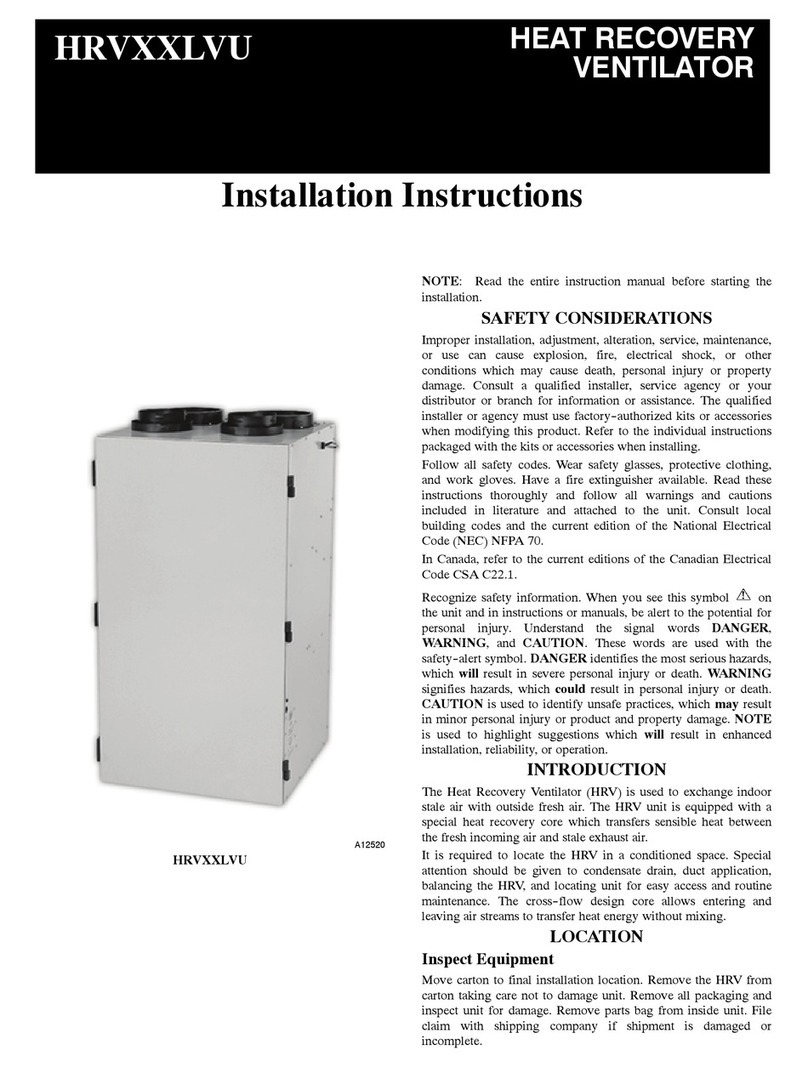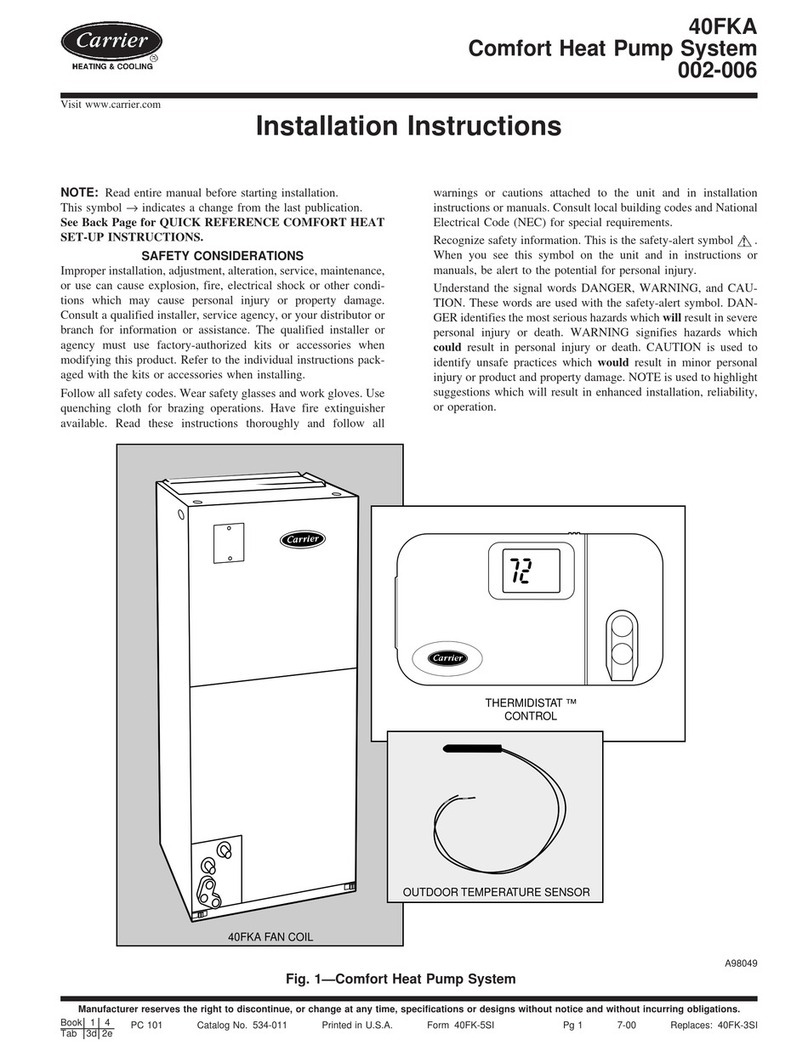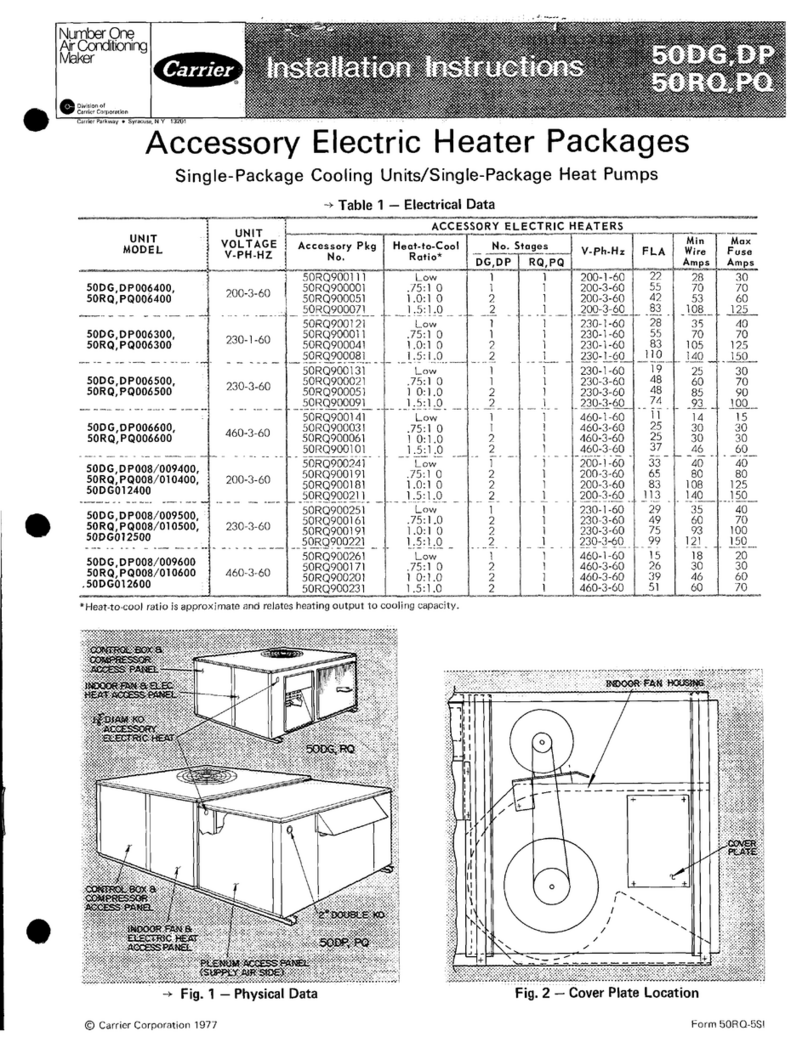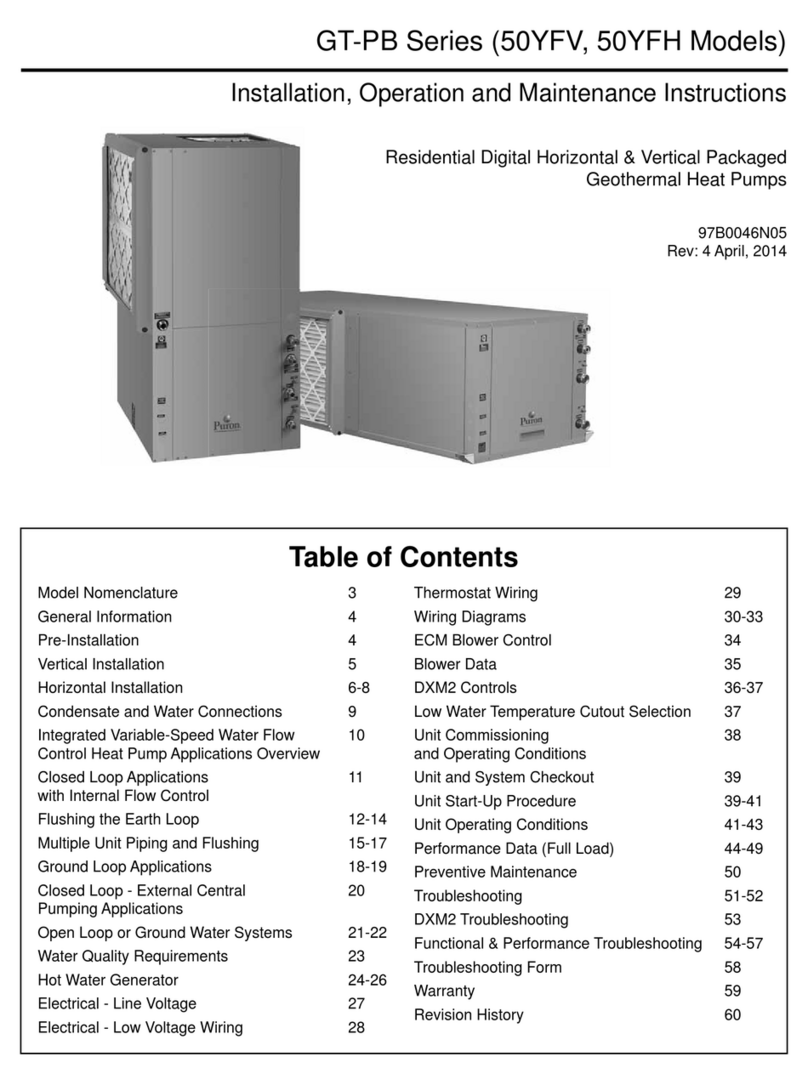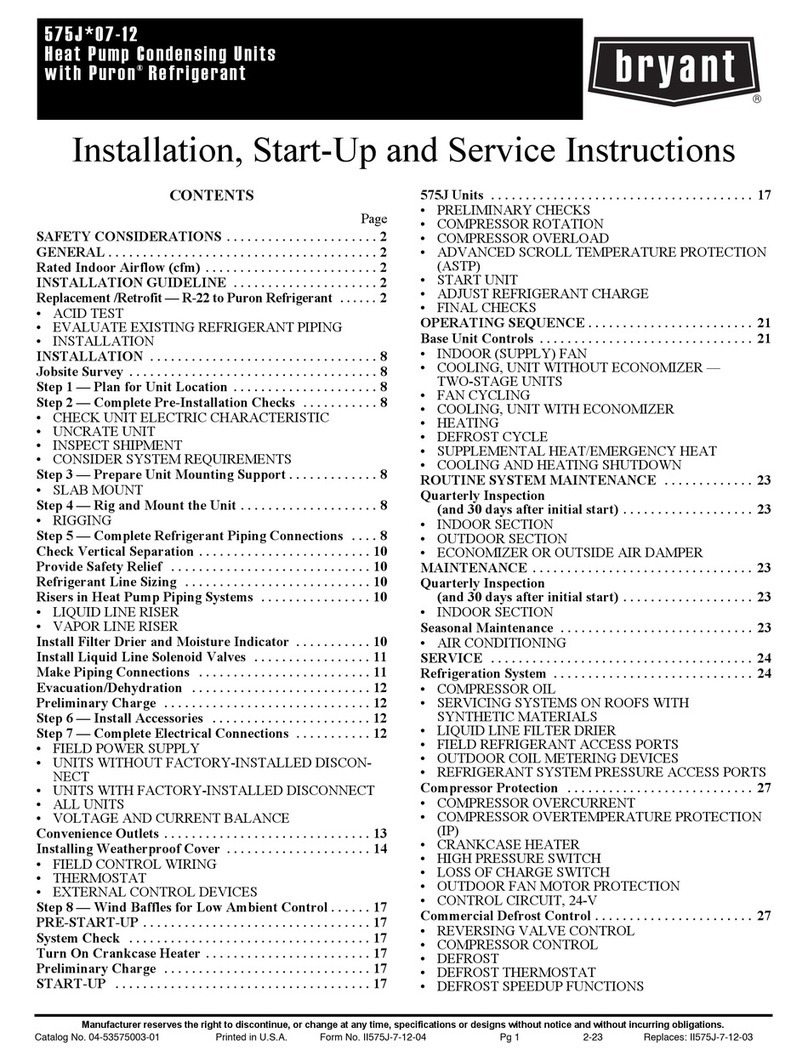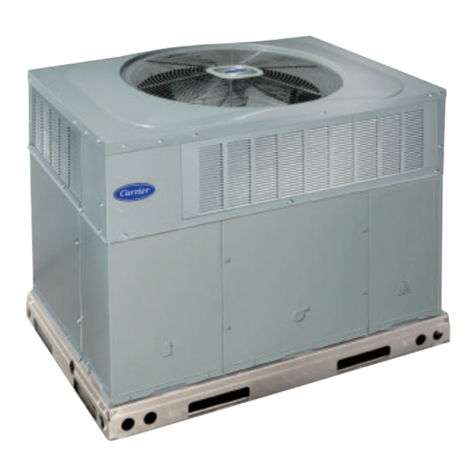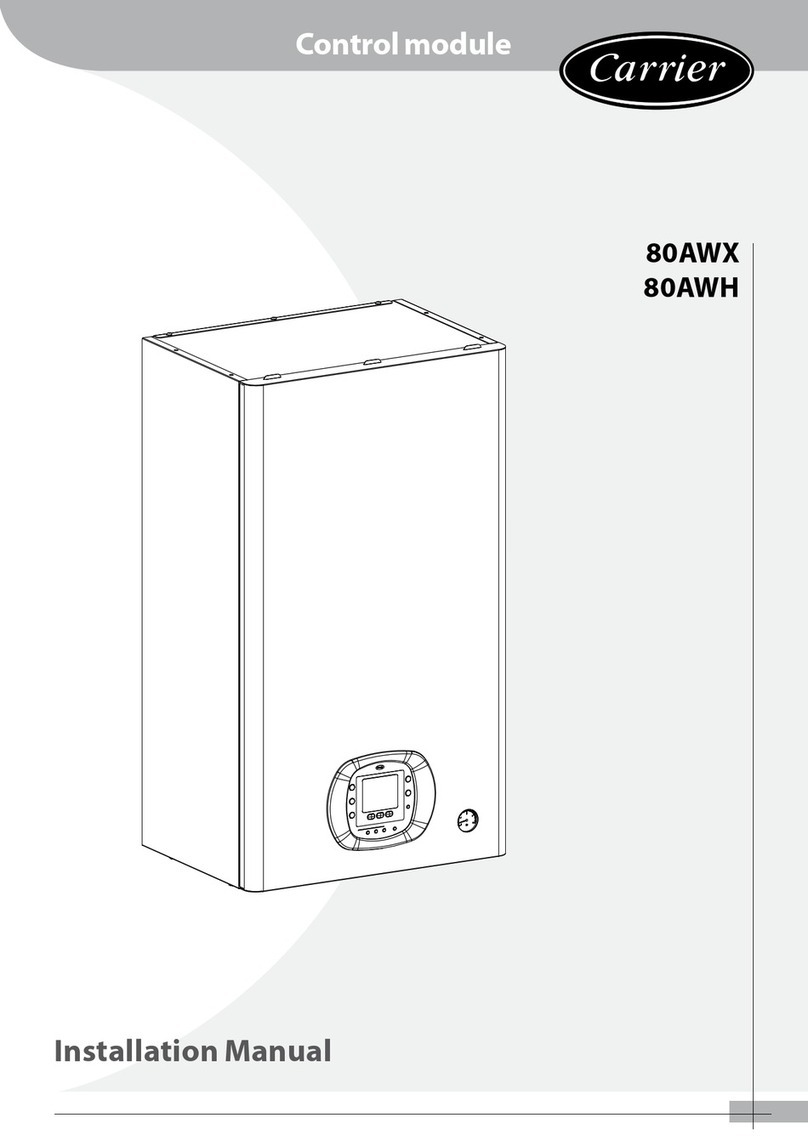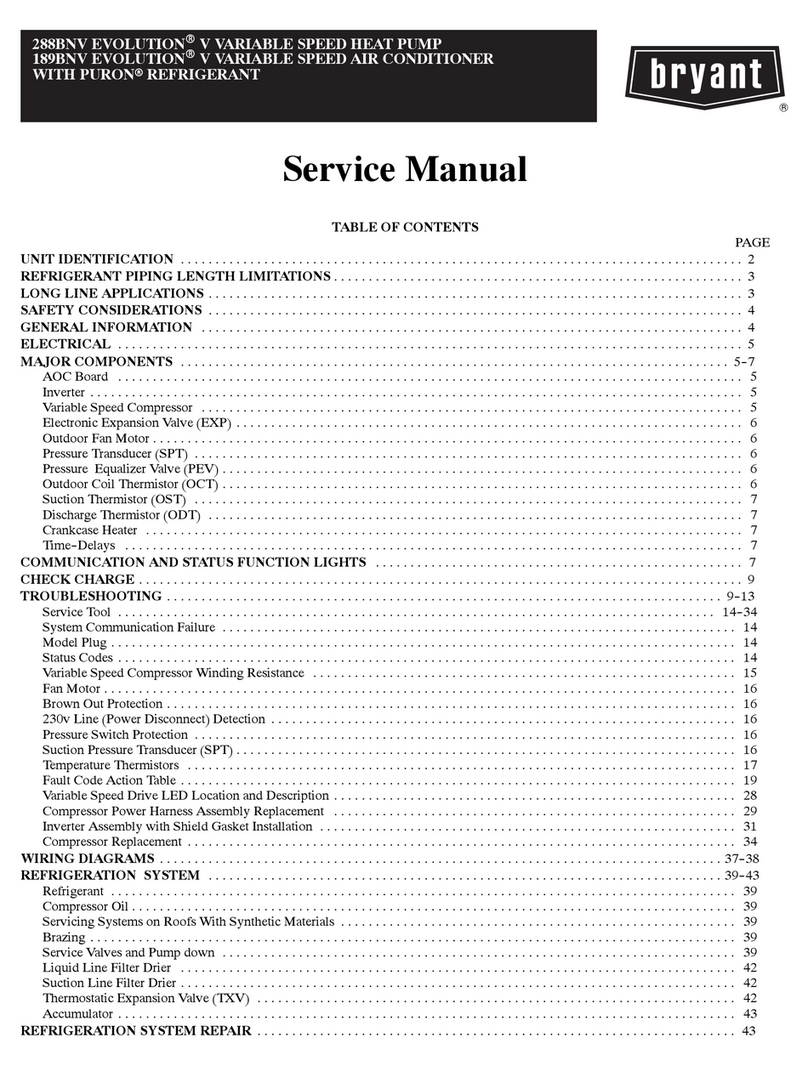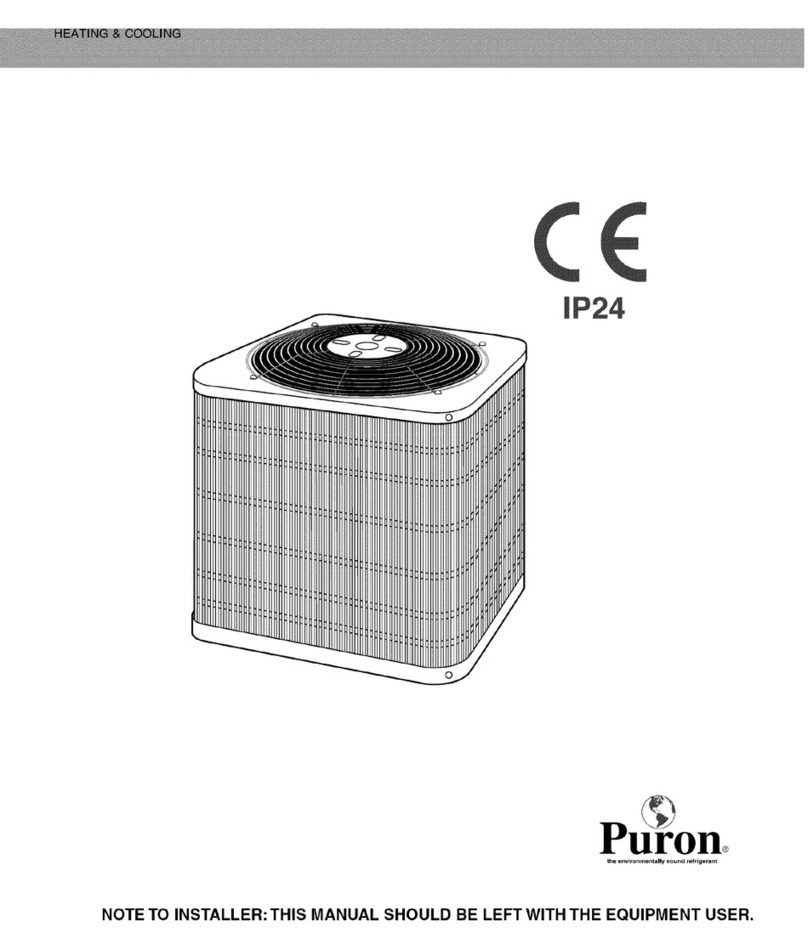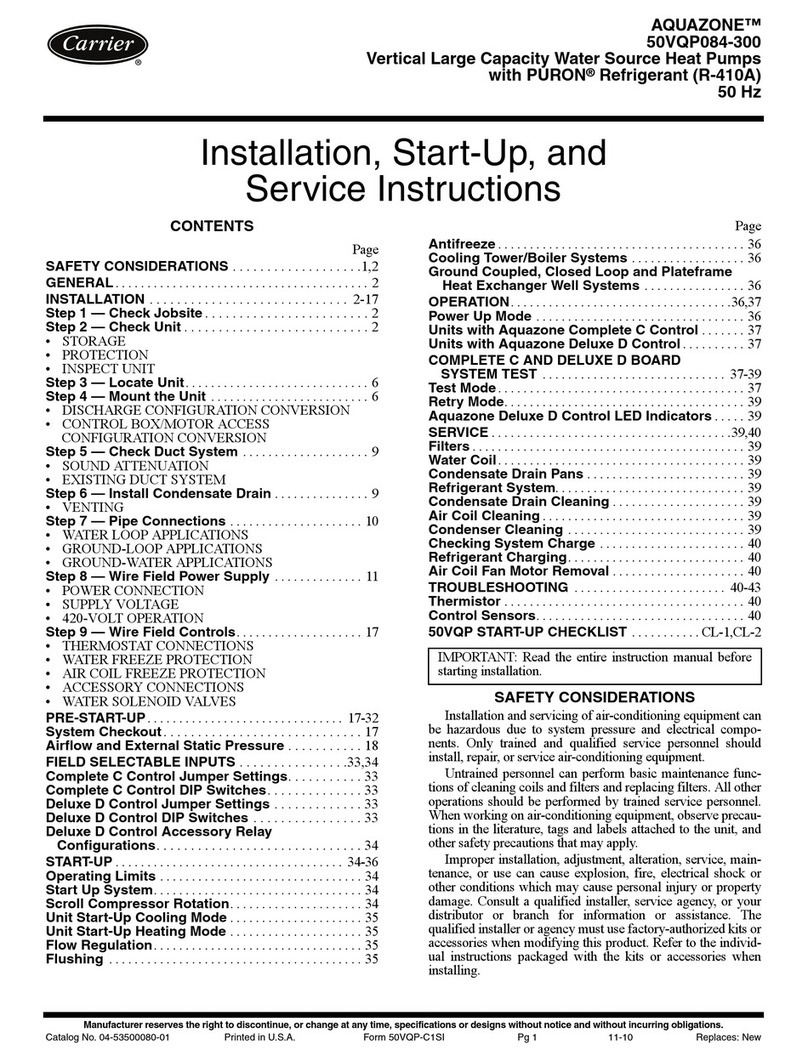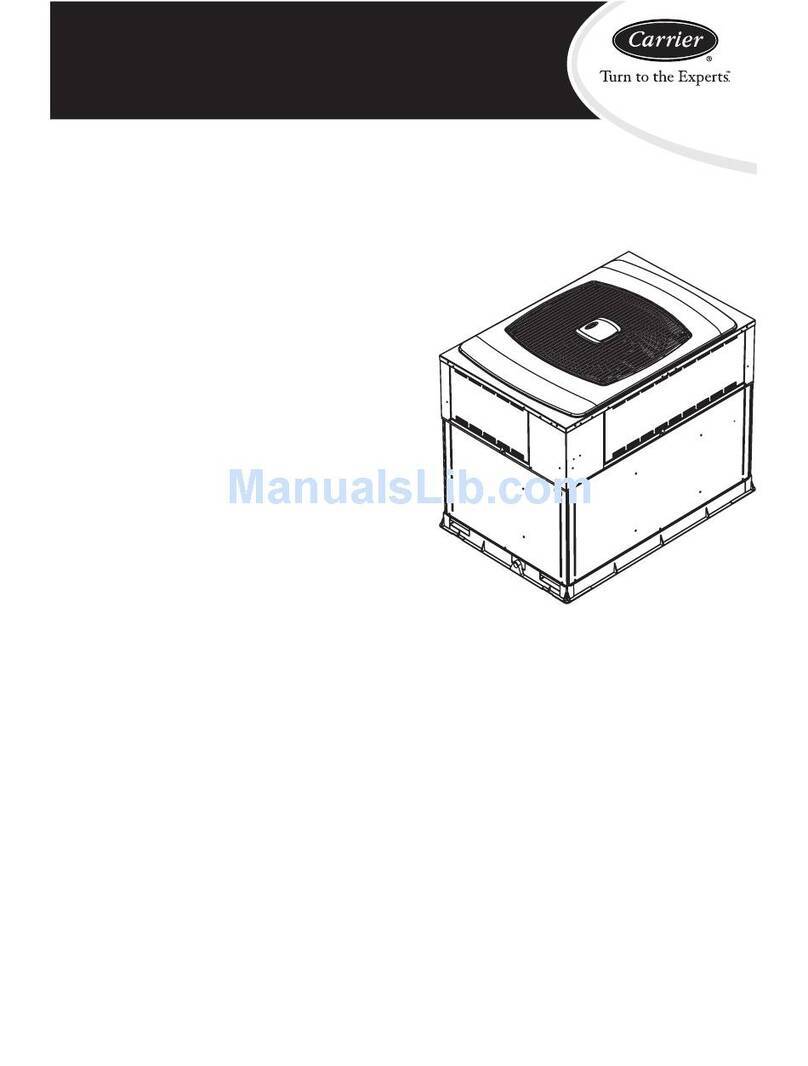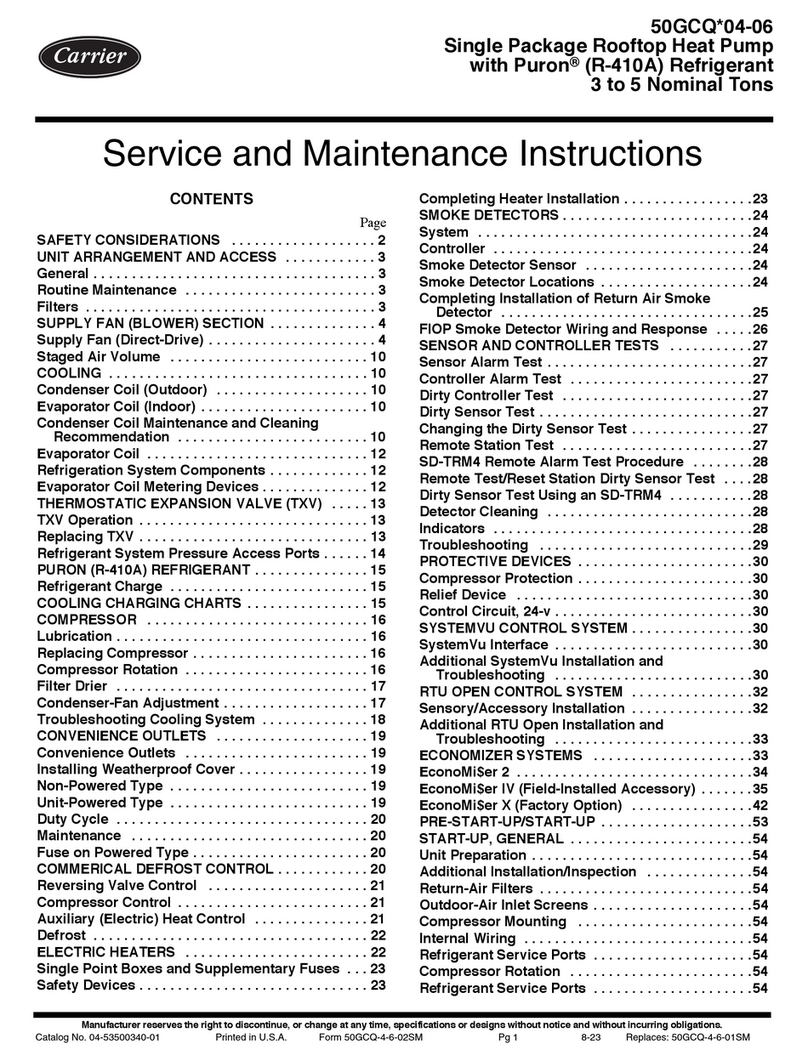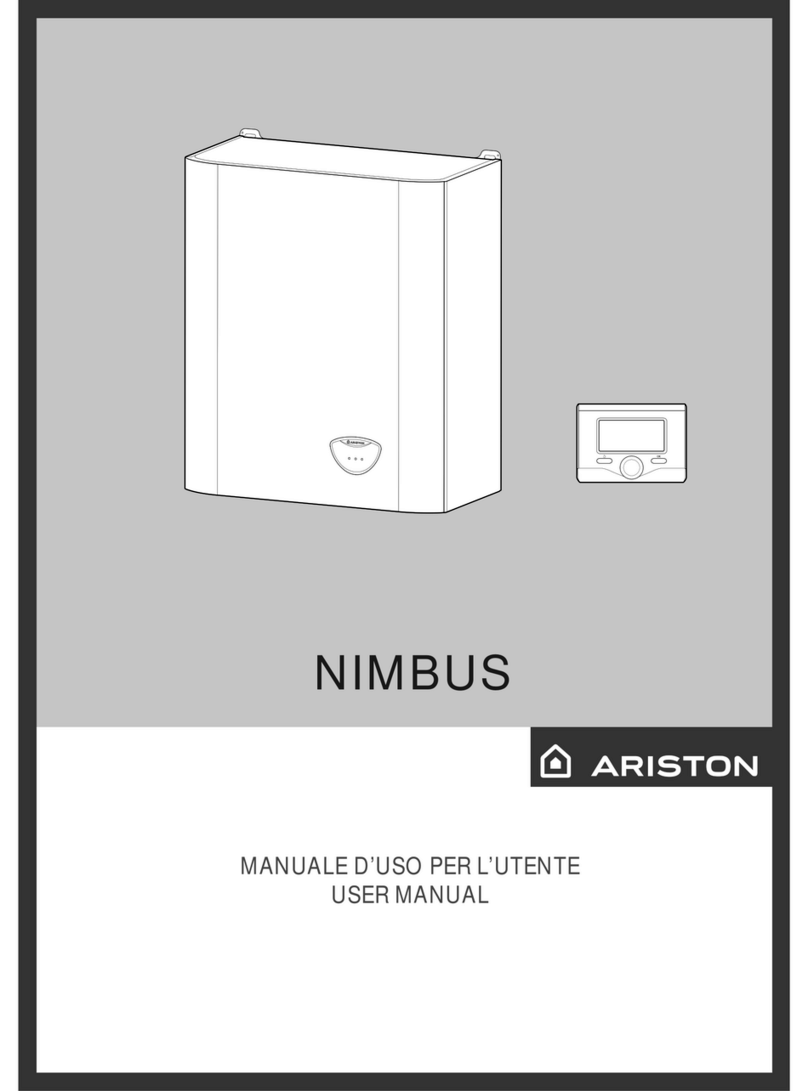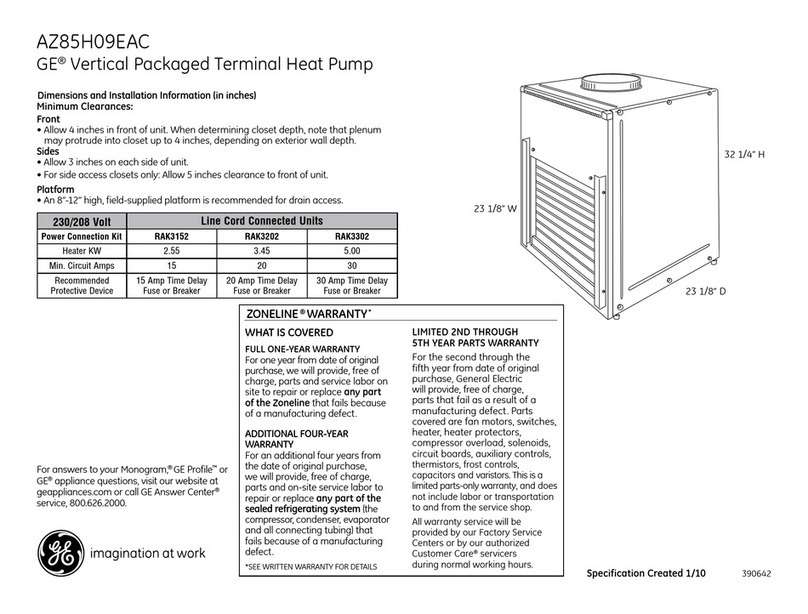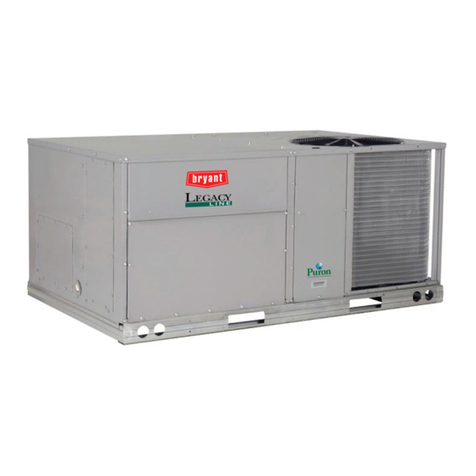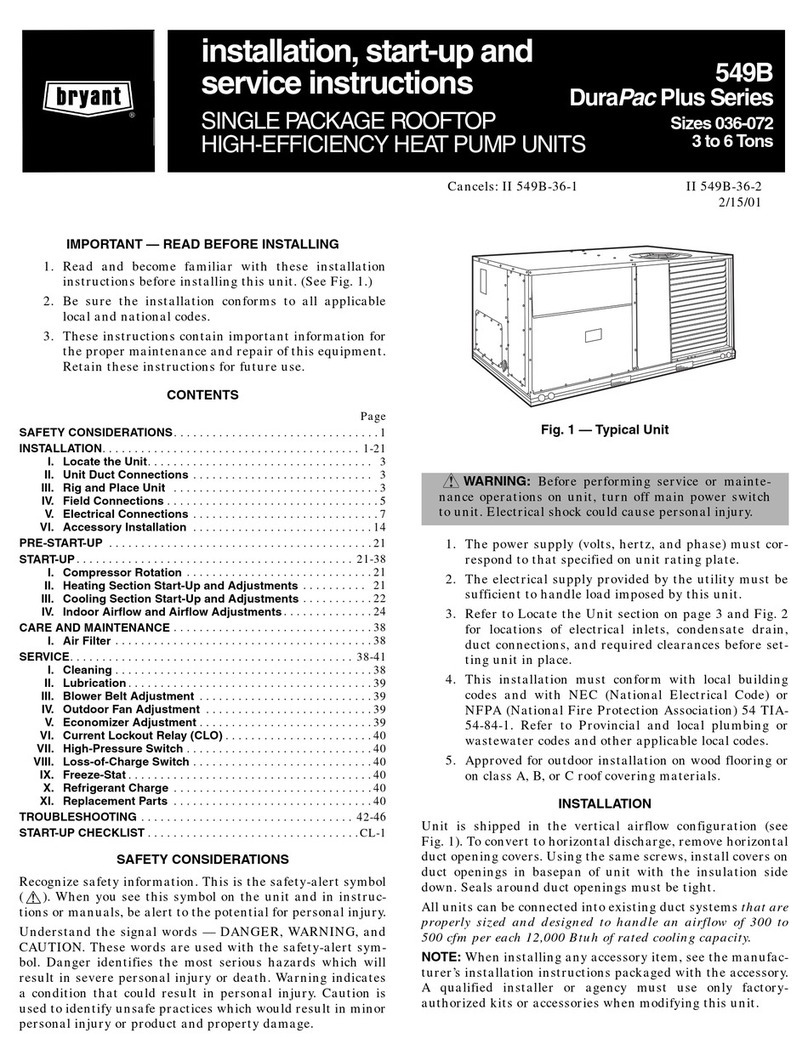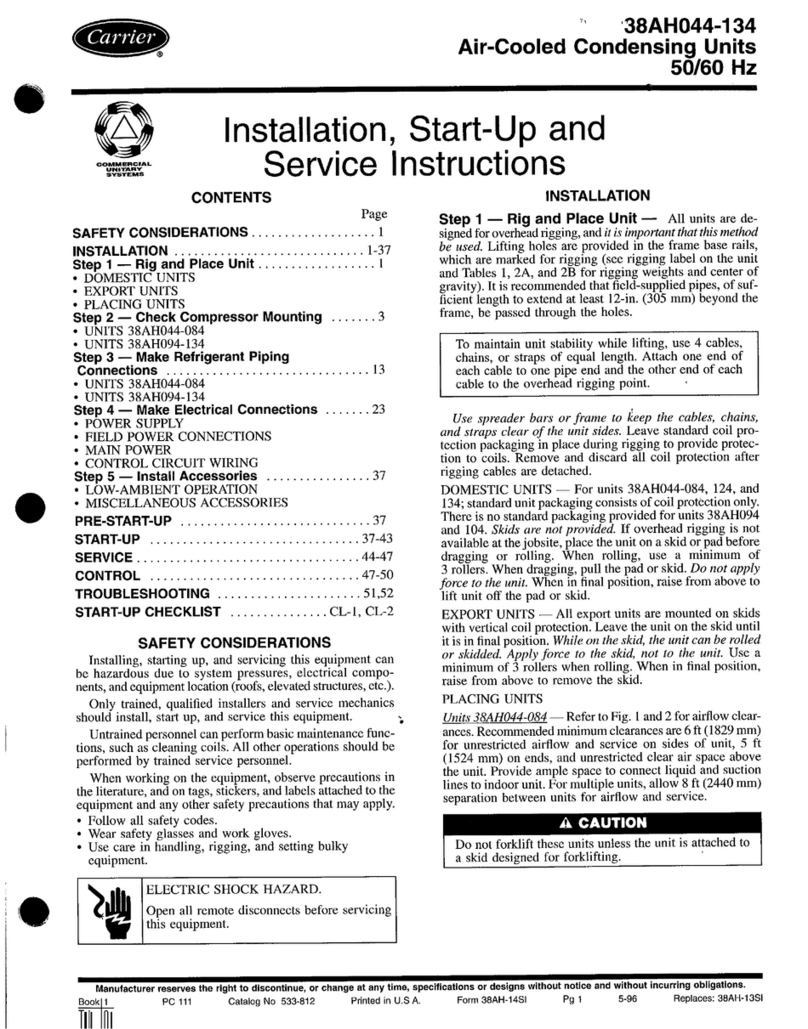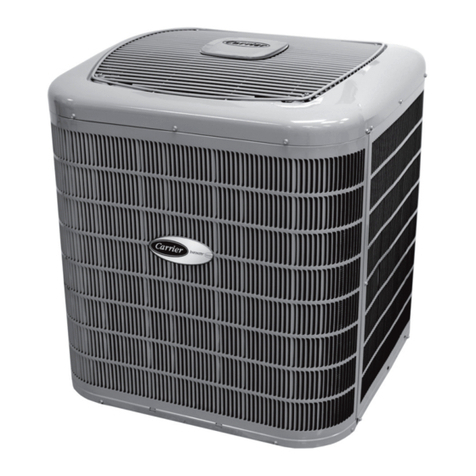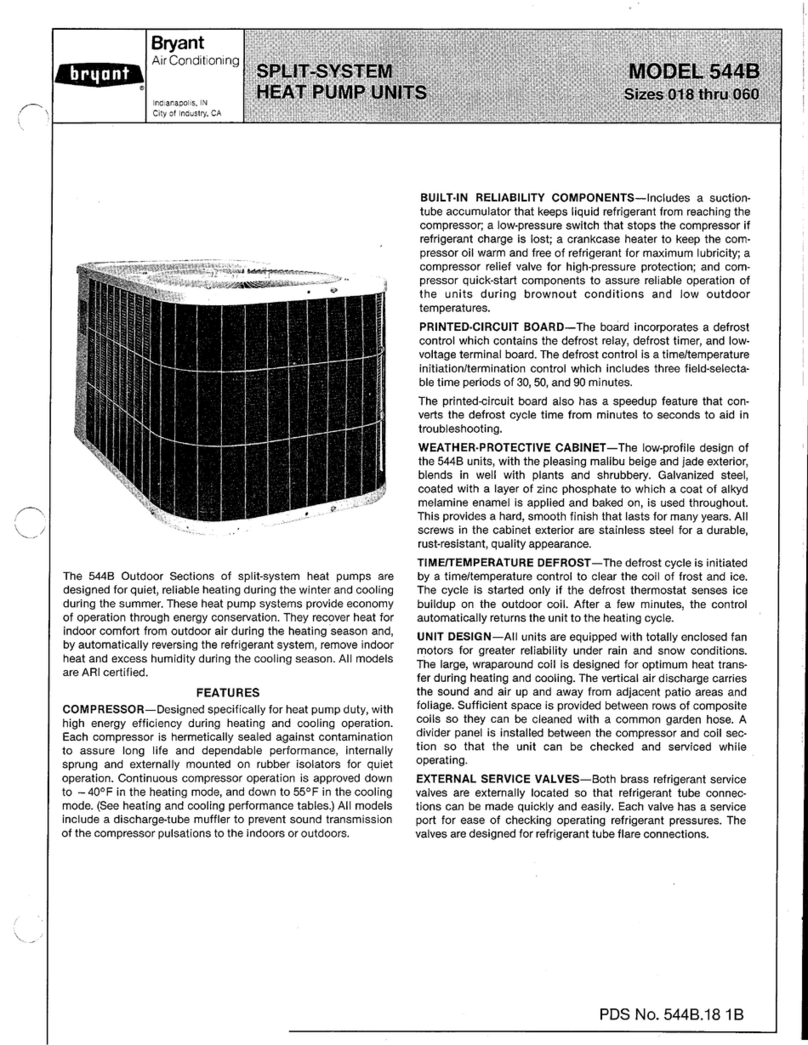
4
The 30XW Aquaforce units are designed to cool water for
the air conditioning of buildings and industrial procsses.
Prior to the initial start-up of the 30XW units, the people
involved in the on-site installation, start-up, operation, and
maintenance of this unit should be thoroughly familiar with
these instructions and the specic project data for the
installation site.
The 30XW liquid chillers are designed to provide a very high
level of safety during installation, start-up, operation and
maintenance. They will provide safe and reliable service
when operated within their application range.
They are designed for an operating life of 15 years by
assuming a 75% utilisation factor; that is approximately
100,000 operating hours.
This manual provides the necessary information to fami-
liarize yourself with the control system before performing
start-up procedures. The procedures in this manual are
arranged in the sequence required for machine installation,
start-up, operation and maintenance.
Always ensure that all required safety measures are followed,
including those in this document, such as: wearing protec-
tive clothing (gloves, safety glasses and shoes) using appro-
priate tools, employing qualied and skilled technicians
(electricians, refrigeration engineers) and following local
regulations.
To nd out, if these products comply with European
directives (machine safety, low voltage, electromagnetic
compatibility, equipment under pressure etc.) check the
declarations of conformity for these products.
Access to the unit must be reserved to authorised personnel,
qualied and trained in monitoring and maintenance. The
access limitation device must be installed by the customer
(e.g. cut-off, enclosure).
After the unit has been received, when it is ready to be
installed or reinstalled, and before it is started up, it must be
inspected for damage. Check that the refrigerant circuit(s)
is (are) intact, especially that no components or pipes have
shifted (e.g. following a shock). If in doubt, carry out a leak
tightness check and verify with the manufacturer that the
circuit integrity has not been impaired. If damage is detected
upon receipt, immediately le a claim with the shipping
company.
Carrier strongly recommends employing a specialised
company to unload the machine.
It is compulsory to wear personal protection equipment.
Do not remove the skid or the packaging until the unit is
in its nal position. These units can be moved with a fork
lift truck, as long as the forks are positioned in the right
place and direction on the unit.
The units can also be lifted with slings, using only the
designated lifting points marked on the unit.
Use slings or lifting beams with the correct capacity, and
always follow the lifting instructions on the certied
drawings supplied with the unit. Do not tilt the unit more
than 15°.
Safety is only guaranteed, if these instructions are carefully
followed. If this is not the case, there is a risk of material
deterioration and injuries to personnel.
Never cover any protection devices.
This applies to the relief valves (if used) in the refrigerant
or heat transfer medium circuits, the fuse plugs and the
pressure switches.
Ensure that the valves are correctly installed, before
operating the unit.
Classication and control
In accordance with the Pressure Equipment Directive and
national usage monitoring regulations in the European
Union the protection devices for these machines are
classied as follows:
(1)
(2)
High pressure switch x
External relief valve(3) x
Rupture disk x
Fuse plug x
External relief valve (4) (4)
(1) Classiedforprotectioninnormalservicesituations.
(2) Classiedforprotectioninabnormalservicesituations.Theseaccessoriesare
sizedforreswithathermalowof10kW/m².Nocombustiblemattershould
beplacedwithin6.5moftheunit.
(3) Theinstantaneousover-pressurelimitationof10%oftheoperatingpressure
doesnotapplytothisabnormalservicesituation.
Thecontrolpressurecanbehigherthantheservicepressure.Inthiscase
either the design temperature or the high-pressure switch ensures that the
servicepressureisnotexceededinnormalservicesituations.
(4) Theselectionofthesedischargevalvesmustbemadebythepersonnel
responsibleforcompletingthehydraulicinstallation.
If the relief valves are installed on a change-over valve,
this is equipped with a relief valve on each of the two
outlets. Only one of the two relief valves is in operation,
the other one is isolated. Never leave the change-over
valve in the intermediate position, i.e. with both ways
open bring the actuator in abutment, front or back
according to the outlet to isolate. If a relief valve is
removed for checking or replacement please ensure that
there is always an active relief valve on each of the
change-over valves installed in the unit.
All factory-installed relief valves are lead-sealed to prevent
any calibration change.
The external relief valves and the fuses are designed and
installed to ensure damage limitation in case of a re.
In accordance with the regulations applied for the design,
the European directive on equipment under pressure and
